The textile and clothing industry has devastating environmental impacts. Most garments only have a lifespan of 1-3 years, and as much as $180 million worth of clothing ends up in landfills every year. One way to combat this is to wash your clothes properly so they last longer.
Here are 12 tips on how to preserve your clothes when washing them:
- Reconsider washing in the first place.
- Wash your clothes at a low temperature.
- Read the care labels and follow those instructions.
- Use higher-quality and eco-friendly detergent.
- Let your clothes air dry when you can.
- Treat your delicates properly.
- Sort your laundry correctly.
- Button all buttons and zip all zippers before washing.
- Don’t overload the washer.
- Wash your clothes inside out.
- Don’t overuse bleach.
- Treat any stains before washing.
Reading this article will help you wash your clothes in a way that allows you to keep wearing them (and looking great!) for years, minimizing your environmental impact and consumerism. Additionally, your wallet will thank you when you’re no longer spending your hard-earned cash on the same clothing items over and over again!
Reconsider Washing in the First Place
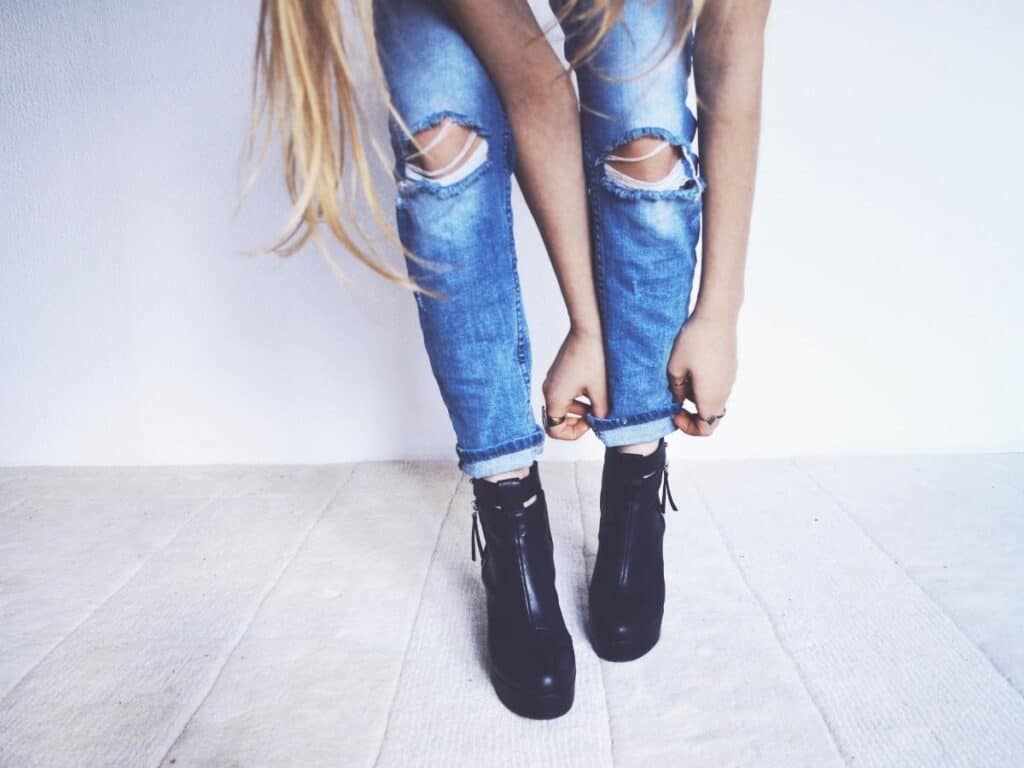
Most Americans are overwashing their clothing, and washing too frequently damages the fibers in the garment and therefore decreases its overall lifespan. This is especially true with dry cleaning, which uses harsh chemicals and thus damages the clothes with every wash.
Before you toss whatever you wore today in your laundry hamper, stop for a moment and really think about whether it actually needs to be washed. If it just needs a little freshening up, consider hanging it outside or keeping it in your bathroom as you take a hot shower to let the steam work its magic.
Also, keep in mind that denim doesn’t need to be washed frequently at all. In fact, Levi’s recommends only washing their jeans after ten wears.
Wash Your Clothes at a Low Temperature

Some fabrics experience significant damage in hot water, including shrinking, fading, and stretching, which can ruin a garment, especially clothing items made with lace, wool, or silk. Additionally, hot water causes some stains to set permanently. Only wash especially soiled loads of laundry in hot water, such as sports uniforms, towels, dirty sheets, and activewear.
In addition to causing less damage to your garment, using cold water for laundry is more energy-efficient and cost-effective.
Read the Care Labels and Follow Those Instructions
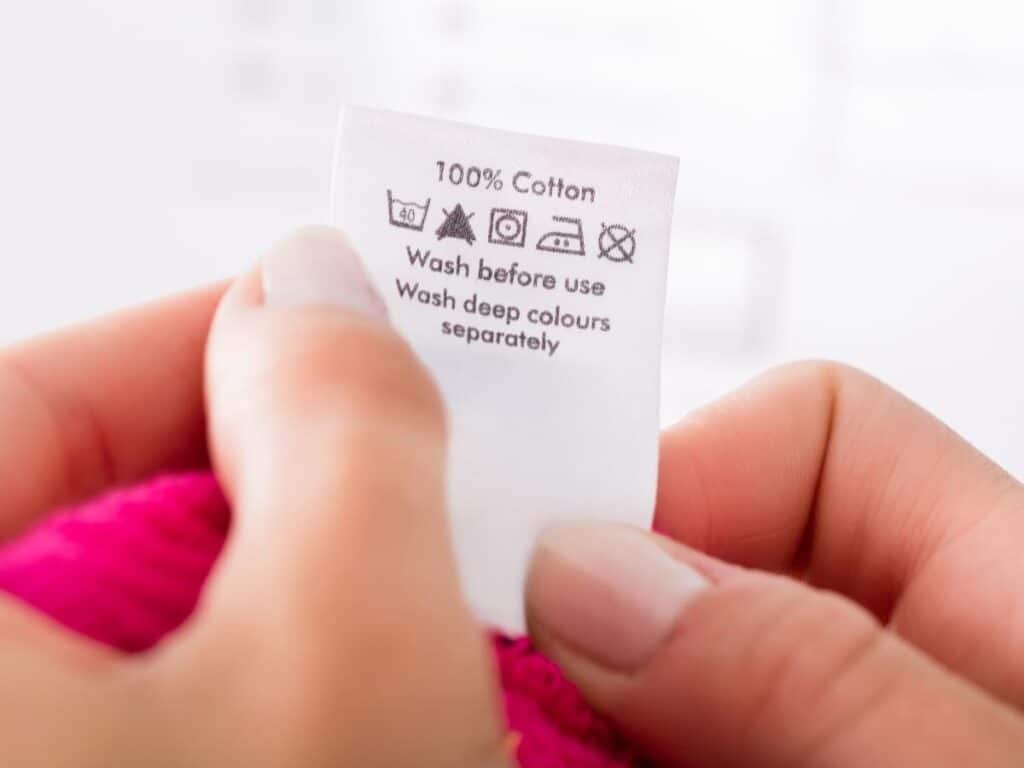
Almost every item of clothing has a care label inside that details how to best wash that article of clothing, but many people ignore these labels for convenience’s sake. However, different materials require different laundering approaches, so it’s time to actually start reading those labels and changing your practices accordingly!
Here’s a guide to washing common types of fabrics:
- Cotton should be washed in cold water. Denim (which is made from cotton or with a cotton blend) should be washed as infrequently as possible.
- Wool should be washed in cold water with a gentle detergent and on a delicate washer setting if your washer has one. Wool garments should always be air-dried.
- Silk should be hand washed in cold water.
- Acrylic garments vary widely, so make sure you double-check the care label. In general, they can be washed in warm water.
- Nylon should be washed in cold water. This is especially true if it’s white.
- Polyester is almost always machine-washable. However, a warm wash cycle is better than a cold one.
Some care labels dictate if a garment is dry-clean only. Dry cleaning is exceptionally harmful to clothing, so you should do it as infrequently as you possibly can. Some of these garments can be hand washed instead of dry-cleaned.
Use Higher-Quality and Eco-Friendly Detergent
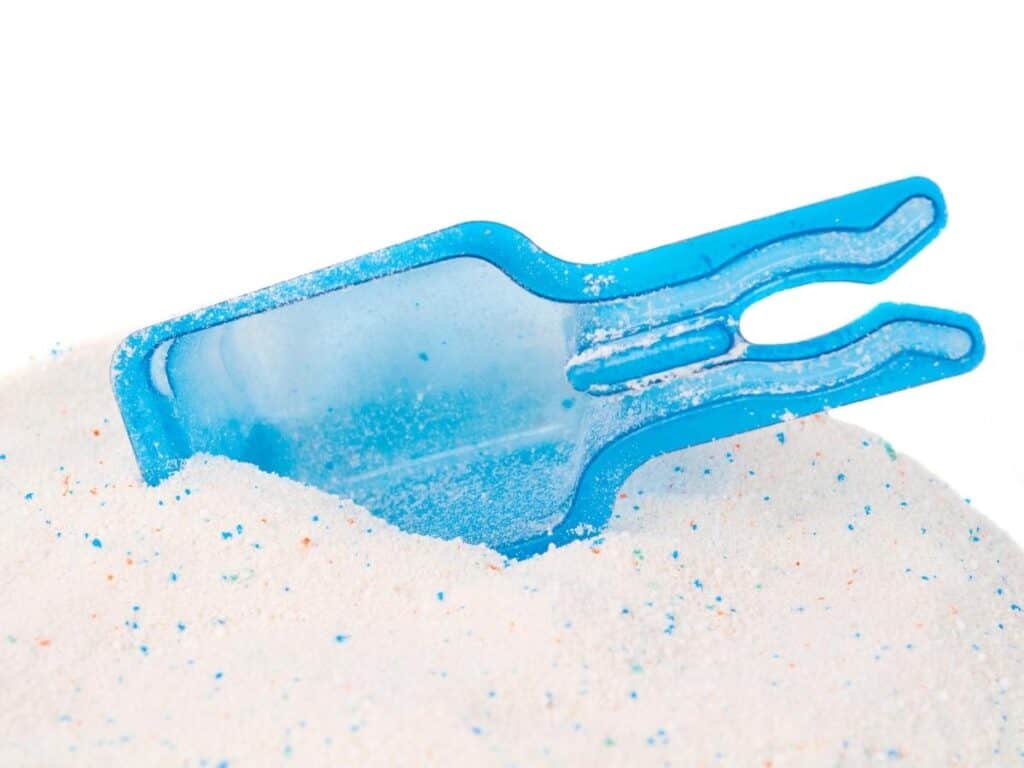
Some detergents are harsh on clothing, so using a delicate or eco-friendly detergent can help your clothes last longer. My favorite detergent sheets are the Sheet Laundry Club Liquidless Laundry Sheets (amazon paid link). These sheets are safe for all colors and in all temperatures. The sheets are made without harsh ingredients, so it’s kinder on your clothes.
Furthermore, most people are using too much laundry detergent in their loads. Putting extra detergent in a load of laundry doesn’t make the clothes cleaner. In fact, the excess detergent often just settles back on the clothing and leaves it feeling stiff.
You can cut back on using too much detergent (which can damage your clothes) by using half the amount you usually do and adding baking soda as a booster.
Finally, using fabric softeners can help lengthen the lifetime of a garment because they coat fibers in clothing with lubricants that help the fibers slide against each other more easily, reducing wear and tear.
My favorite fabric softener is the Downy Infusions Fabric Softener (amazon paid link). This fabric softener smells and feels amazing, with a vanilla bean and lavender scent. Additionally, this fabric softener is safe for all washing machines and is compatible with all detergents, including the detergent sheets recommended above.
Let Your Clothes Air Dry When You Can
Technically, the only items you should be putting in your dryer regularly are cotton shirts, jeans, and sweats. Everything else should be air-dried if you want your clothes to last a long time. This is because the hot water in machine dryers easily shrinks and damages most fabrics.
If you live in an area that isn’t sunny, you can try using the cool setting on your dryer to prevent damage. However, if you do live in a sunny area, you have the perfect dryer shining above you every day!
The Riveda Retractable Clothesline (amazon paid link) can hold up to 30 pounds (13.61 kg) of clothes and is extendable up to forty feet. It’s easy to mount, as all you have to do is pull the rope to your desired length and then lock it using the lock button. This clothesline is sturdy and durable and will help you keep your clothing in the best condition possible.
You can also get a drying rack for air drying. I recommend the Amazon Basics Laundry Rack (amazon paid link) because it’s made of lightweight steel that’s easy to move around but can also support up to 32 pounds (14.52 kg) of clothing. It also has an accordion design and folds down easily so it can be stored in small spaces.
Treat Your Delicates Properly
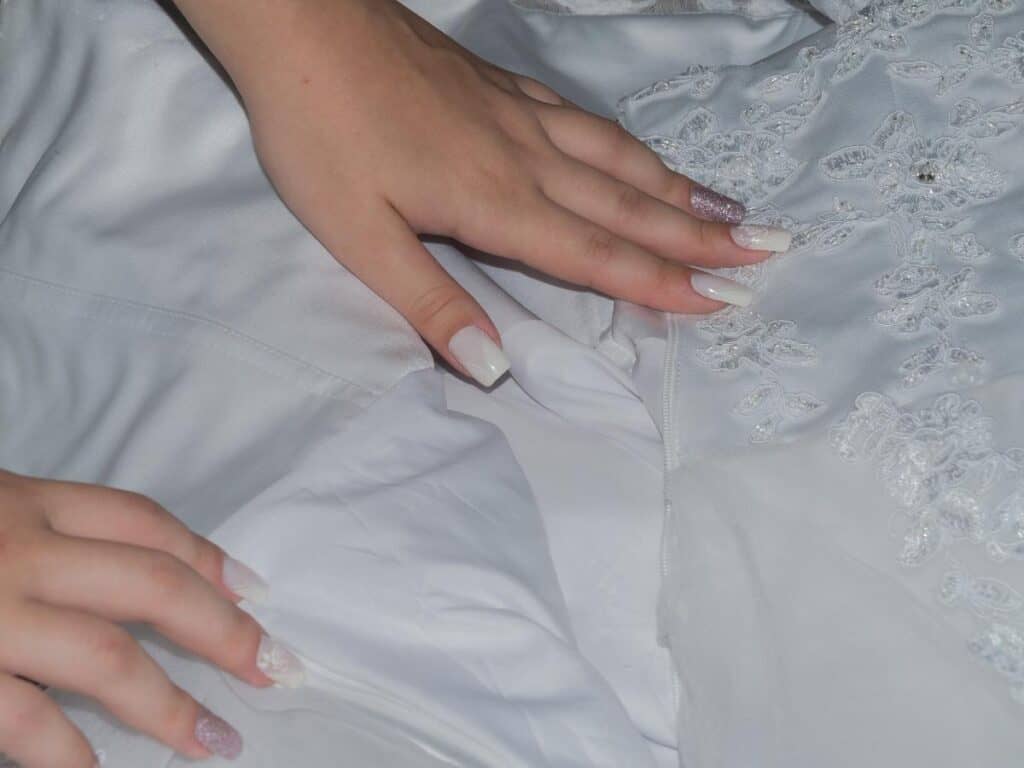
They’re called “delicates” for a reason. These items, such as undergarments, lingerie, and swimsuits, are fragile and prone to damage, and washing them is almost certainly an early death sentence. The best way to wash these items is to hand wash them and let them air dry, as dryers ruin the elastic often found in these garments.
You should also invest in a mesh laundry bag to keep these items in while washing them. These bags protect smaller, more delicate items from damage, including rips, snags, and tangles, and they prevent these items from mysteriously disappearing.
Mesh laundry bags like the Kimmama Laundry Bag (amazon paid link) will lengthen the lifespan of your clothes. The mesh size allows soap and water to flow easily through, and the honeycomb design has a better rubbing design to allow for optimal cleaning without damage. The zipper also has a cover to minimize the chance of it catching on your other clothes.
Sort Your Laundry Correctly
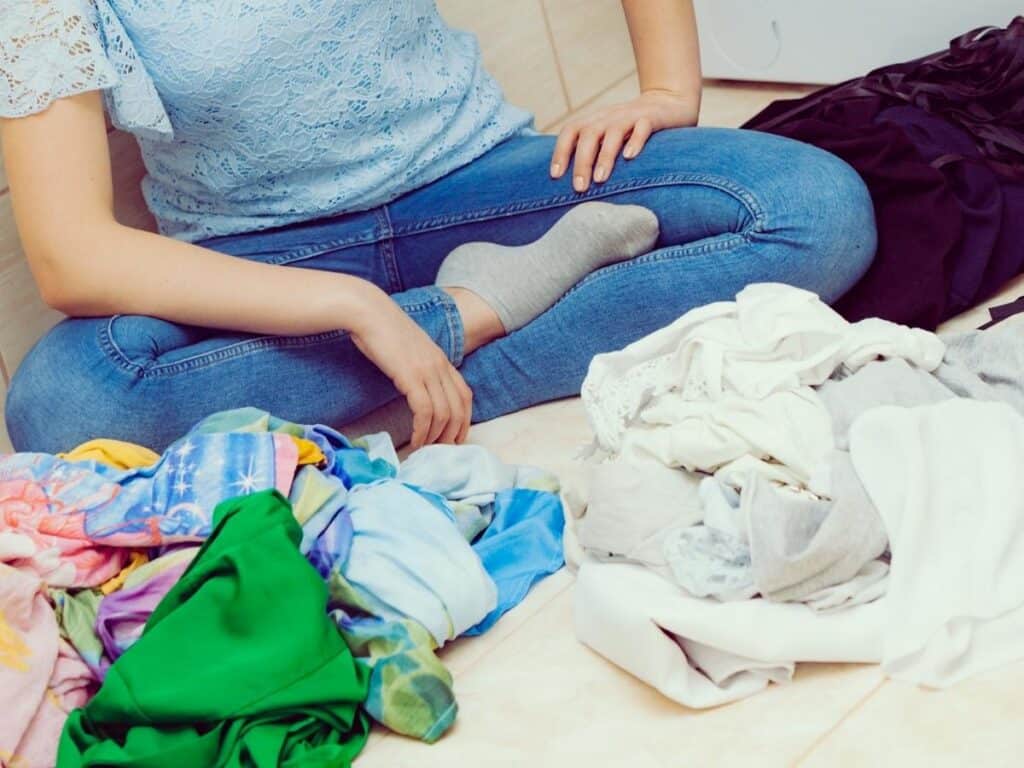
Sorting your laundry helps ensure that you take the best possible care of your clothes while washing them. Here are some tips:
- Separate your clothing by fabric. If you’re washing a blended fabric item, follow the instructions for the fabric with the highest percentage. For example, if you’re washing an item that’s 80% polyester and 20% cotton, you should follow washing directions for polyester.
However, If there’s any silk in the garment at all, even if it’s a small percentage, you should follow the instructions for silk. The same goes for cashmere and wool.
- Make separate piles based on the clothing’s use. You should have a pile for everyday laundry, including cotton, linen, and synthetic items, a separate pile for denim, another pile for sheets, towels, and bedding, and another pile for delicates.
- Separate white and dark clothes. For maximum color longevity, separate your piles into whites, darks, and colors—sort based on the dominant color for any patterns.
This takes more time and effort, but it’ll help you keep your clothes looking their best for as long as possible.
Button All Buttons and Zip All Zippers Before Washing
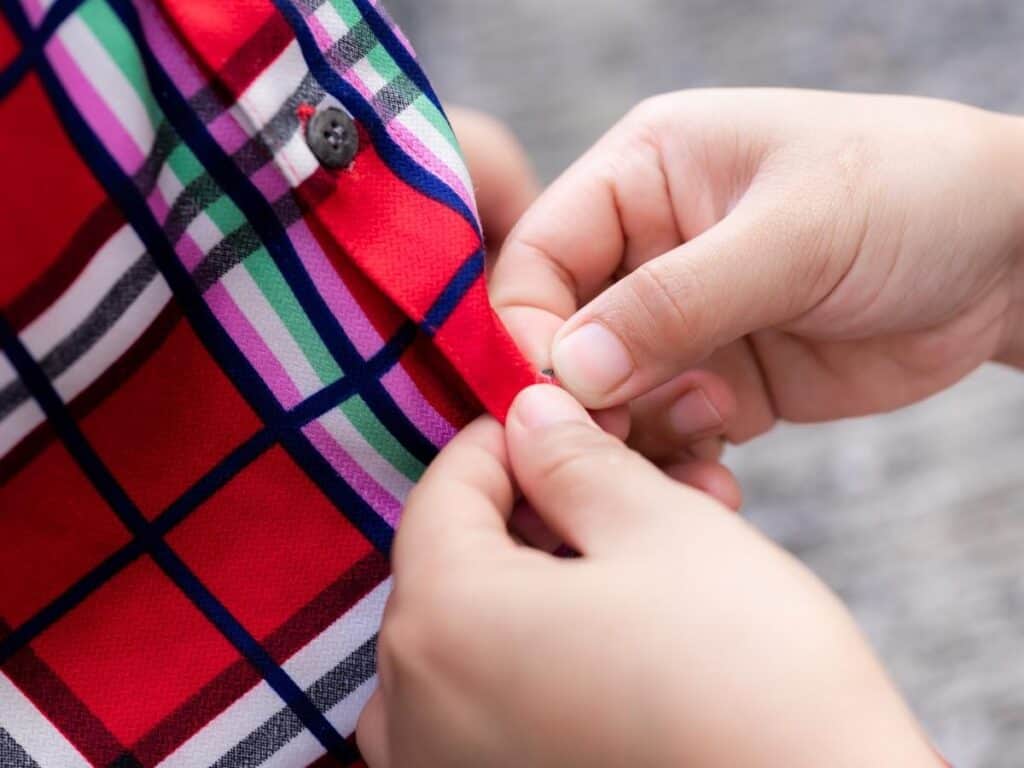
Have you ever been unloading your dryer only to find your clothes hooked to each other or snagged in some way? If so, you certainly wouldn’t be alone. Snagging during washing can cause rips and tears, which can shorten the lifespan of a garment in an instant.
One way to prevent this is to make sure that all buttons are buttoned and zippers are zipped before tossing anything in the washer. This way, these pieces are less likely to snag on another article.
Don’t Overload the Washer
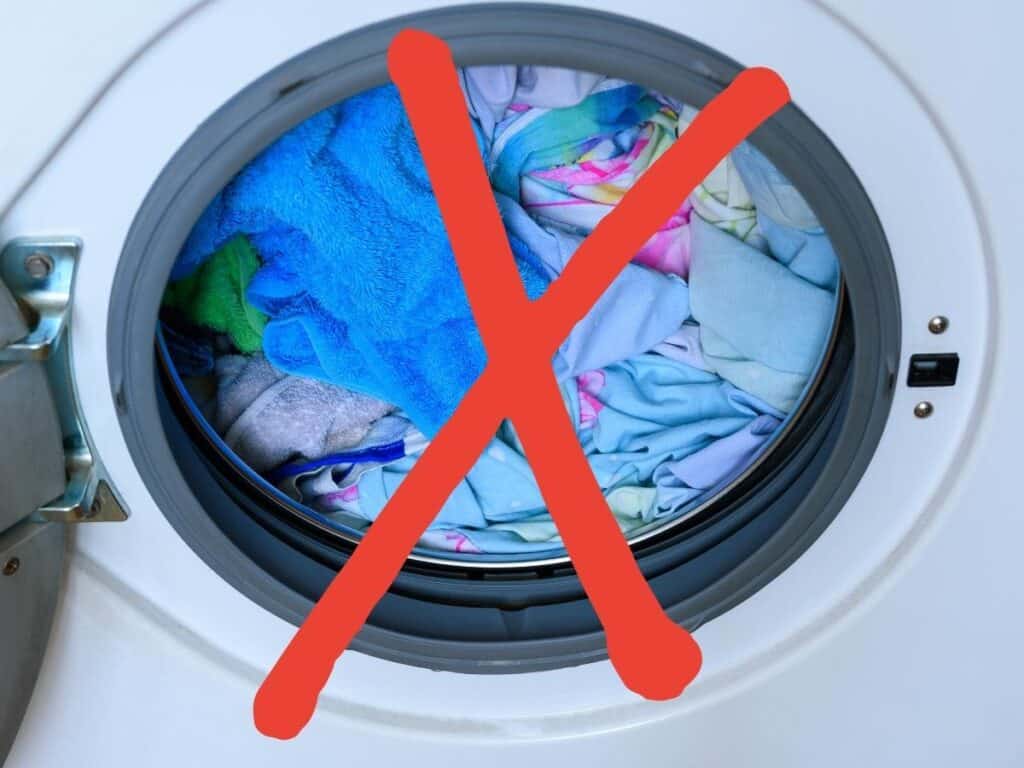
If you have a lot of laundry to do and not a lot of time to do it, you may be tempted to cram the washer as full of clothes as possible. However, this is extremely damaging to your clothes, and they don’t get as clean.
If the washer is crammed full, the clothing inside will rub together so much that they’ll harm each other. If you have a top-load washer, the best way to load it is to place the clothes evenly around the agitator and one at a time to ensure nothing is tangled. Front-load washers should also be loaded one garment at a time.
If you still have your washer’s manufacturer’s instruction book, check to see if it has a recommended maximum load weight. The clothes should generally have room to move freely in the washer.
More on loading your washer here.
Wash Your Clothes Inside Out

Even one spin cycle can cause a lot of wear and tear on your clothes, so it’s better to have the inside of your garments take the brunt of this damage rather than the side that everyone sees. Furthermore, turning your clothes inside out prevents any buttons or sequins from falling off in the wash.
Additionally, keeping your clothes inside-out while washing them prevents buttons and zippers from snagging on other items and tearing them.
I wrote an article on whether you should you dry your clothes inside out or not that may interest you.
Don’t Overuse Bleach
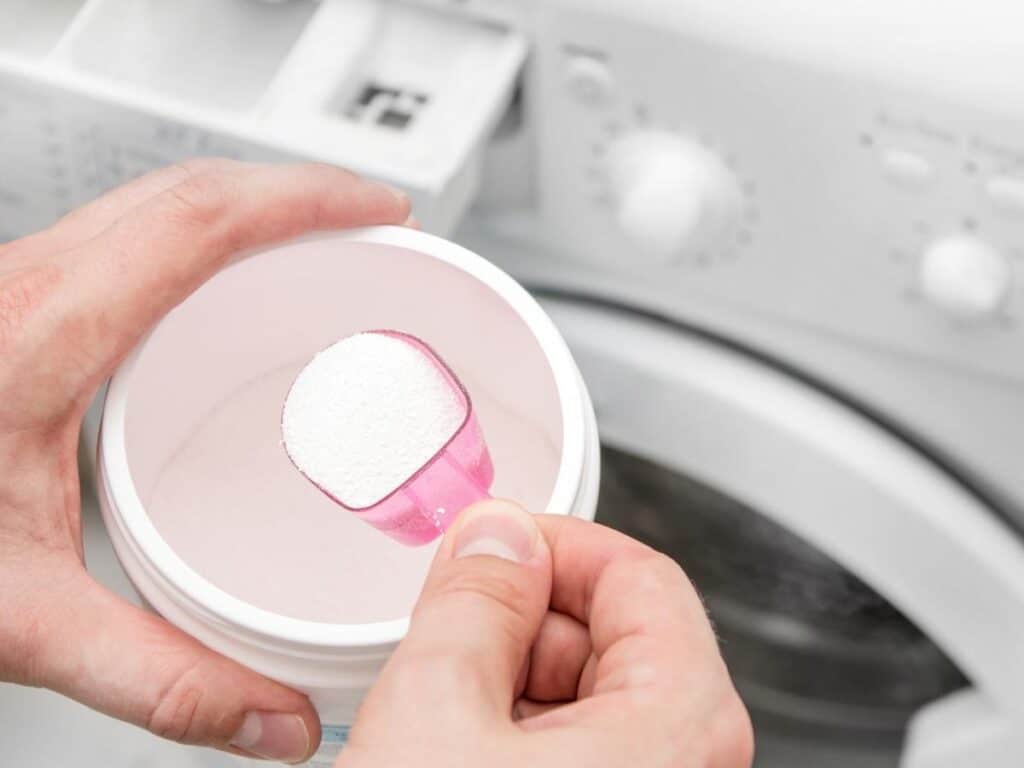
Chlorine bleach will damage any fabric, even white cotton, if it’s used too frequently or in too high a concentration. You should always dilute your bleach. Additionally, bleach stains can ruin a piece of clothing easily and quickly.
Vinegar can be used as a natural brightener for clothes and doesn’t wear out the fabric fibers as quickly. You can use the household vinegar that you most likely already have in your cupboard, or you can use vinegar that’s designed specifically for laundry.
I recommend The Laundress Scented Vinegar (amazon paid link) for brightening white fabrics. Not only does this vinegar brighten, but it can also help remove odor from your laundry. Additionally, it’s eco-friendly and cruelty-free.
Learn if you can mix detergent and bleach here.
Treat Any Stains Before Washing
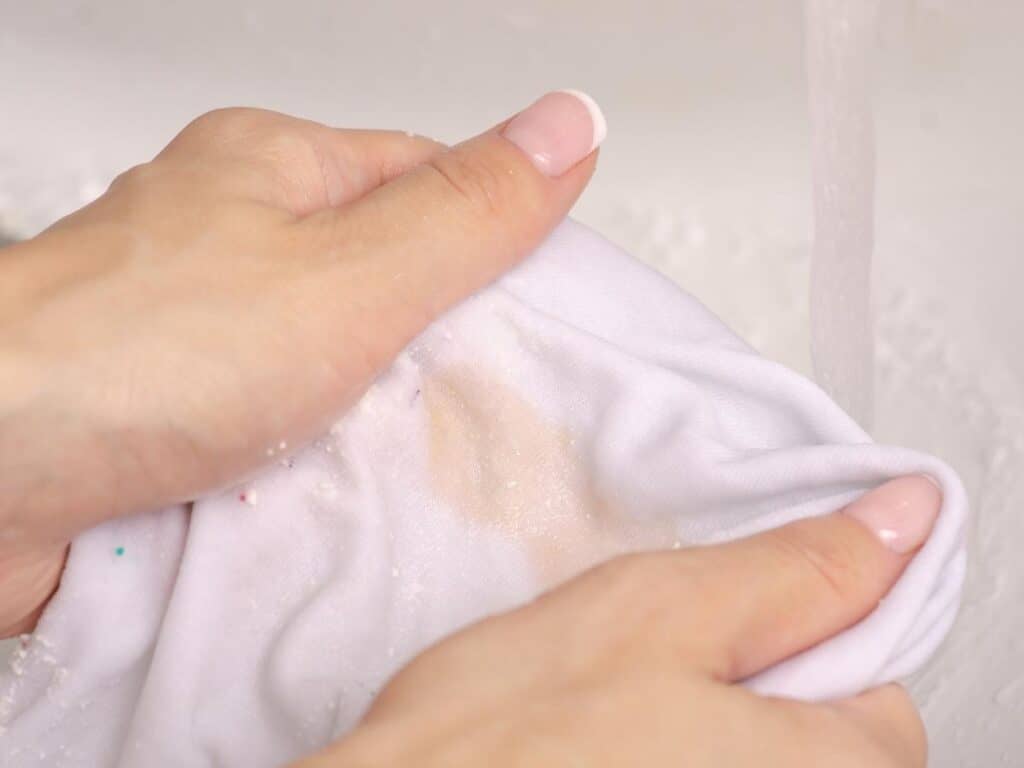
Spot treating any stains as soon as they happen is a good way to avoid too many trips to the dry cleaner. Treating a stain as soon as it happens is also a good way to prevent it from setting.
I always carry a Tide Stain Remover (amazon paid link). I always have a pen with me wherever I go so I can quickly tend to any spills or accidents that may occur. I like these pens because they fit neatly in my purse, and they work well on almost all stains, including coffee, ketchup, sauce, grape juice, and wine.
Key Takeaways
Extending the life of a garment by just one year can reduce the emissions from that piece of clothing by twenty-four percent. One way to prolong the life of your clothing is to wash it properly. You can do this by taking the extra time to follow specific care conditions, letting your clothes air dry, sorting your laundry properly, and turning your clothes inside out before washing.
Next, you can check out my list of the top 13 laundry detergent alternatives out there.

I’m an expert wardrobe organizer and a bit of a clean freak. I created this website and its YouTube channel to share practical guides about laundry and organizing. My teachings have been featured in multiple large news publications, and I’ve self-published two wardrobe organizing books and an entire course on the subject.
